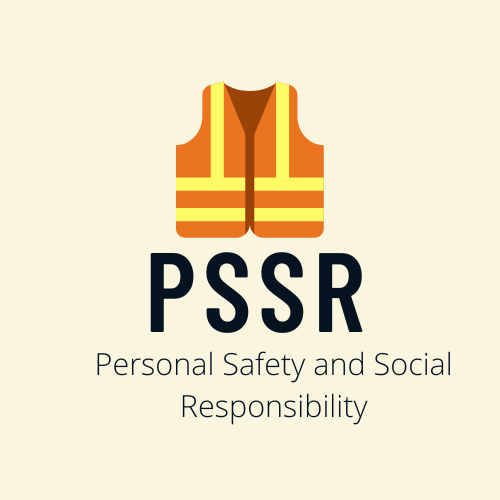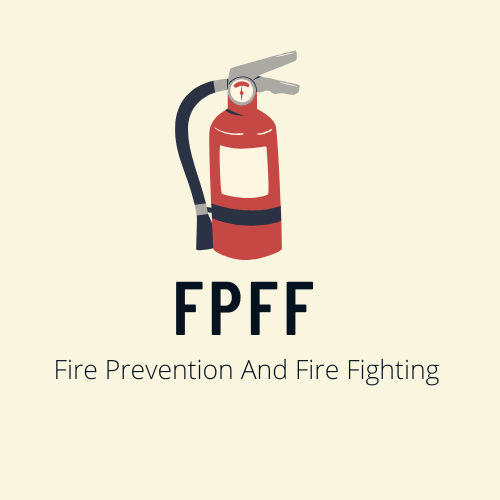This EFA exit exam questions and answer quiz contain 30 questions
If you found any questions answer incorrect please let us know by Clicking here
181. To help control
bleeding after the baby is born:
A) Pack the vagina with pads.
B) Massage the mother's uterus.(correct)
C) Elevate the mother's legs above heart level.
D) Place the mother on her right side.
182. Crowning occurs:
A) In the first stage of labour.
B) In the second stage of labour.(correct)
C) In the third stage of labour.
D) In the fourth stage of pregnancy.
183. When suctioning
a new born you should use:
A) a bulb syringe.(correct)
B) A V-Vac suction device.
C) A straw.
D) A battery powered suction device.
184. One of the most
difficult things to assess in infants and young children is:
A) Blood pressure.
B) Pain.(correct)
C) Adequate perfusion.
D) Level of consciousness.
185. The onset of shock in infants and children:
A) Maybe sudden and severe.(correct)
B) Is no different than adults.
C) Usually progresses slowly.
D) Usually results from cardiac problems.
186. Assessments of children should take into
consideration:
A) No splints should be used in call are designed for adult patients.
B) Abdominal injuries are less serious since muscles are less developed.
C) The skull has not completely fused, so head injuries are uncommon.
D) Chest injury is likely to involve organs
without damage to ribs.(correct)
187. The responder who suspects a child to be the
victim of abuse should:
A) Question parents immediately.
B) Focus on management of injuries to the
child.(correct)
C) Gather evidence and question bystanders.
D) Immediately remove the child from parents or caregivers.
188. A child with history of a sore throat, fever
and painful swallowing, has breathing difficulties. You should:
A) Arrange for immediate transport to a medical
facility.(correct)
B) Start mouth-to-mouth artificial respiration.
C) Stand by and encourage coughing.
D) Begin abdominal thrusts.
189. The mammalian
reflex refers to:
A) An increase in heart rate and respiration.
B) A decrease in heart rate and dilation of blood vessels.
C) An increase in heart rate and constriction of pupils.
D) A decrease in heart rate and constriction of
blood vessels.(correct)
190. Three common
scuba related emergencies are:
A) Air embolism, decompression sickness and mammalian reflex.
B) Air embolism,
decompression sickness and baro trauma.(correct)
C) Decompression sickness, the bends and baro trauma.
D) Air embolism, baro trauma and the squeeze.
191. in cases of near
drowning:
A) The lungs are often filled with water and require deep suctioning.
B) Laryngo spasm prevents water from entering
the lungs.(correct)
C) Abdominal thrusts should always be performed before ventilating the patient.
D) Manual suction devices are not powerful enough to remove water and fluids from the Airway.
192. To reduce the
risk of respiratory infection and pneumonia where medical care is delayed,
responders should:
A) Have the patient breathe deeply and
cough.(correct)
B) Provide the patient with adequate hydration.
C) Position the patient in the position of comfort.
D) Ensure the patient is kept warm and at rest.
193. You have been
helping ingrate water rescue when one of the divers begins to have problems.
You suspect air embolism. This patient should receive:
A) Oxygen at 15 lpm.
B) Oxygen at 6 lpm.
C) Epinephrine.
D) Inhaled steroids.
194. To reduce the
risk of respiratory infection and pneumonia where medical care is delayed,
responders should:
A) Have the patient breathe deeply and cough.
B) Provide the patient with adequate hydration.
C) Position the patient in the position of comfort.
D) Ensure the patient
is kept warm and at rest.
195. When positioning
a patient, responders should consider that:
A) Raising arms and legs will produce swelling.
B) Semi-sitting will improve blood flow to the heart.
C) Knees raised will reduce pressure on the
abdomen.(correct)
D) Recovery position will often improve breathing.
196. When caring for
wounds over extended periods, always:
A) Remove dressings and bandages regularly to check the wound.
B) Clean wounds with antiseptic before applying dressings.
C) Apply a tourniquet to prevent excessive bleeding.
D) Check regularly for signs of infection or
reduced circulation.(correct)
197. When
administering medication, responders should consider that:
A) Right medication, right amount, right person,
right time, and right method.(correct)
B) Right nutrition, right method, right time, right person, right amount
C) Right medication, right action, right person, right time, right responsibility
D) Right medication, right amount, right person, right responsibility, right action
198. To give ear drops to an adult, the ear should
be pulled:
A) Downward and backward.
B) Downward and forward.
C) Upward and backward.
D) Upward and forward.
199. Tolerate the intake.
A) Giving fluids and food to all patients regardless of MOI.
B) Can use small
amount of liquids and foods to determine whether the patient (Correct)
C) Allow the patient to consume any foods they would like to make them feel more Comfortable.
D) Even if the patient is not thirsty or hungry the responder must insist on intake.
200. Provincial first aid legislation prescribes
the contents of:
A) First aid boxes, first aid room sand first aid manuals.
B) First aid stations, training programs and equipment manufacturers.
C) First aid boxes, first aid reports and record keeping.
D) First aid boxes, first aid rooms and
training.(correct)
201. First aid stations must:
A) Be easily accessible to workers(correct)
B) Have a shower
C) Beat least 6squaremeters in size
D) Have oxygen available
202. Footprints can best be described as:
A) The area of contact between the road surface
and the tires.(correct)
B) The type of tread on the tire.
C) Footsteps used to get into the back of the ambulance.
D) Skid patterns on dry pavement.
203. Ground guides or spotters should be situated:
A) Behind the vehicle on the driver
side.(correct)
B) On the front left side of the vehicle.
C) Front and center of the vehicle.
D) On the front right side of the vehicle.
204. When completing the patient narrative:
A) Try to establish an accurate diagnosis.
B) Record the signs and symptoms as accurately
as possible.(correct)
C) Do not include negative data.
D) Always use medical terminology.
205. A patient refuses your care. You should:
A) Fill out and personally sign a "Refusal of Care" form.
B) Proceed with patient assessment and management and ignore the refusal.
C) Find a relative or family member to give you consent.
D) Have the patient and a witness sign the
"Refusal of Care" form.(correct)
206. Sublingual medication is given:
A) By injection using an auto-injector.
B) Under the patient's tongue.(correct)
C) By inhalation using a metered dose inhaler.
D) As a tablet to be swallowed.
207. Contraindications of a medication tell
responders:
A) When a medication should not be given to the
patient.(correct)
B) When the medication is commonly used for patients.
C) The expected results of the medication.
D) Actions that might not be desirable yet occur along with desired effects.
208. The ACTION of the drug refers to:
A) The harmful effects.
B) The side effects.
C) The expected effects.(correct)
D) The method of administration.
209. To manage severe tooth aches, responders
should:
A) Advise the patient to chew on the other side
of the mouth.(correct)
B) Advise the patient to drink hot liquids to sooth discomfort.
C) Advise the patient to suck on ice cubes to dull the pain.
D) Extract the tooth with the assistance of a second responder.
210. When handling a
knocked- out tooth you should:
A) Place the tooth back in the patient's mouth.
B) Place the tooth in a cup of milk.(correct)
C) Wrap the too thin dry gauze.
D) Place the tooth in a mild acidic solution using vinegar.





